Here at SDRplay we are very aware that many of our users are not experts in computer science and many want to use their SDR as if it were a hardware receiver. They don’t want to be editing or compiling software or searching for special files and so on. By its very nature, an SDR is however very much to do with software, so we see our challenge of being able to gradually make our software easier and easier to use while at the same time adding more and more functionality. Those 2 things alone can be a conflict, but we strive to get better and better at this.
Then there’s the hardware. Given that a good wideband SDR receiver can be put to any number of uses, and used in such a variety of environments, then preempting and minimising real world signal problems underpins the hardware design and test methodologies.
We don’t pretend we always get it right for everyone, but our aim is to ensure that customers who buy an RSP feel they are getting an ever improving quality product from a supplier who cares about the complete offering (Hardware and Software and Support)
Today, there an interesting article by the popular RTL-SDR.com SDR news site popped up, which mentioned the fact that we are recognised for doing a good job in this regard. We wouldn’t normally publicise a competitor’s product by referring to a negative article about them – but in this case we were so encouraged by the positive recognition for SDRplay, from the software developers of SatDump and SDR++ who are quoted in the article about the RX888 SDR (which on paper has higher specs than our 14-bit RSP family). They write “ If you want a good SDR for HF, get something from SDRPlay, Airspy or so on” and ” Making a wideband HF frontend is an art, and you’re not gonna get any good result from something built down to a price like it” – the author of the RTL-SDR then goes on to add his own observations: “This entire saga highlights the fact that software defined radios are not only about the hardware specs. The support and state of the drivers from the manufacturer is key to allowing third party developers to integrate the device into their software“.
The link to the RTL-SDR.com article is here: https://www.rtl-sdr.com/highlighting-major-software-issues-with-the-rx888-sdr/
It’s all about the Hardware and the Software and the Support:

